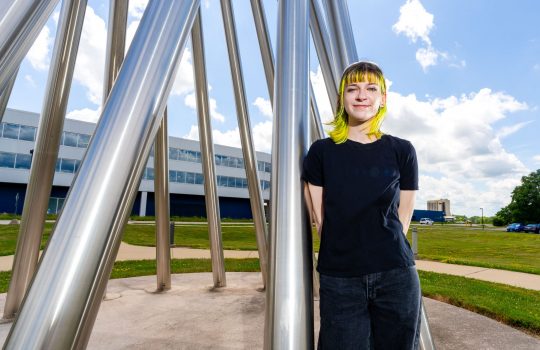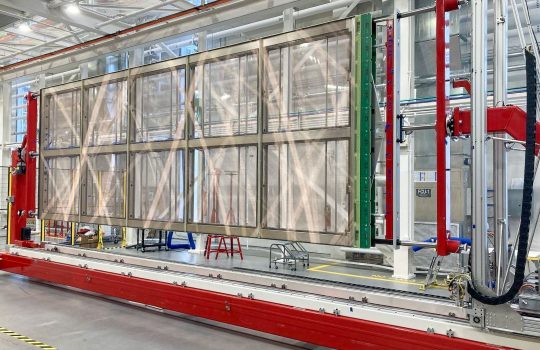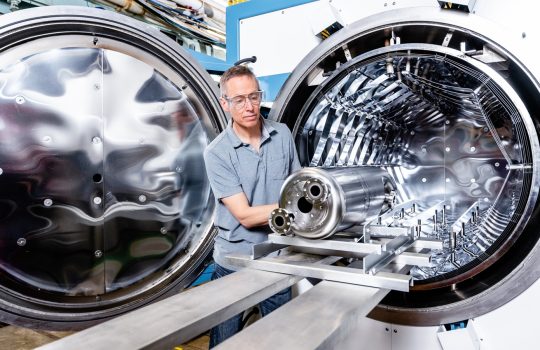State-backed quantum park plan expands with new company, computer
WVIK, July, 24, 2025
Fermilab recently ended a 10-week-long program that offered lessons in quantum physics and engineering. Several students, according to Chico, have since started internships in the “quantum ecosystem.”





